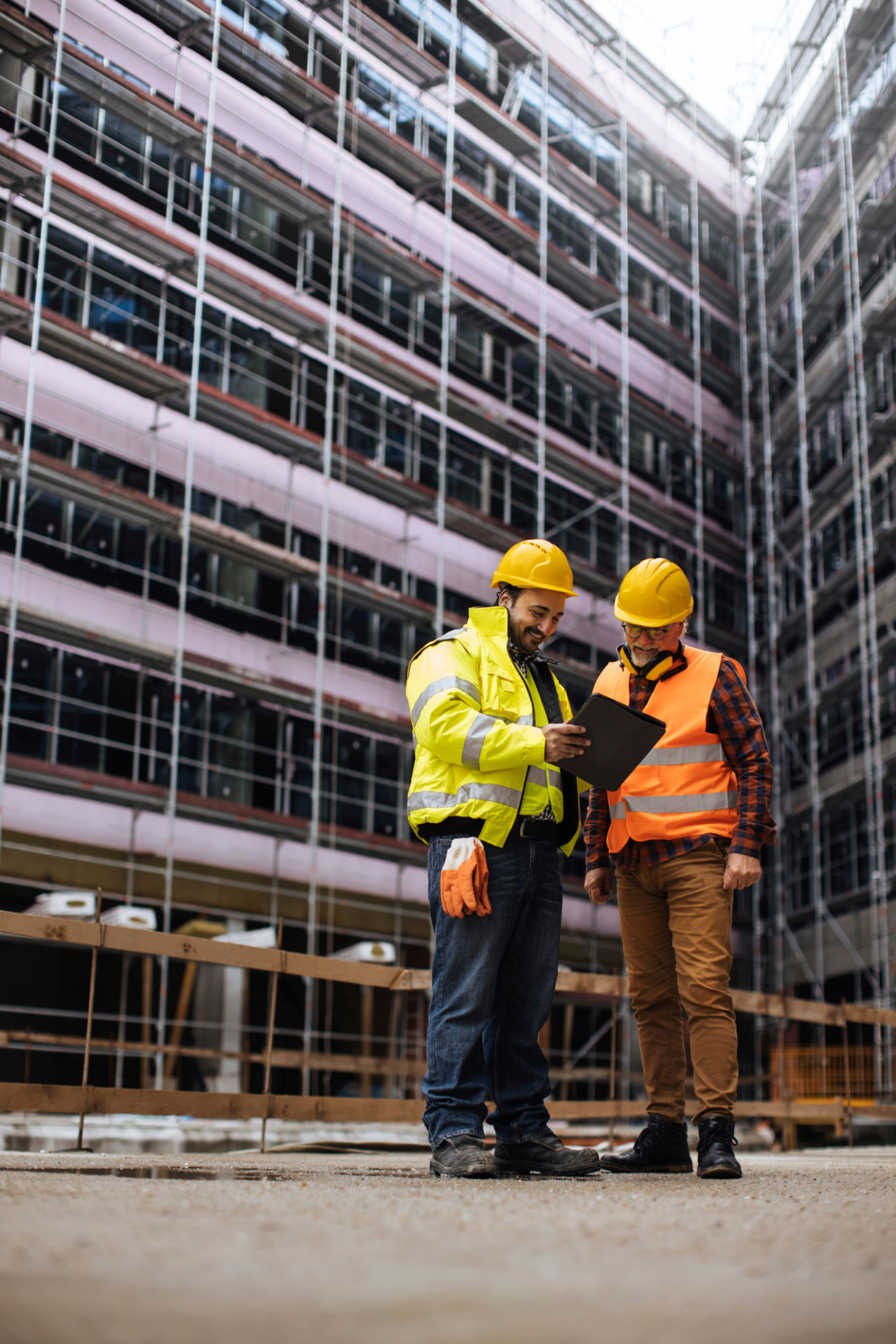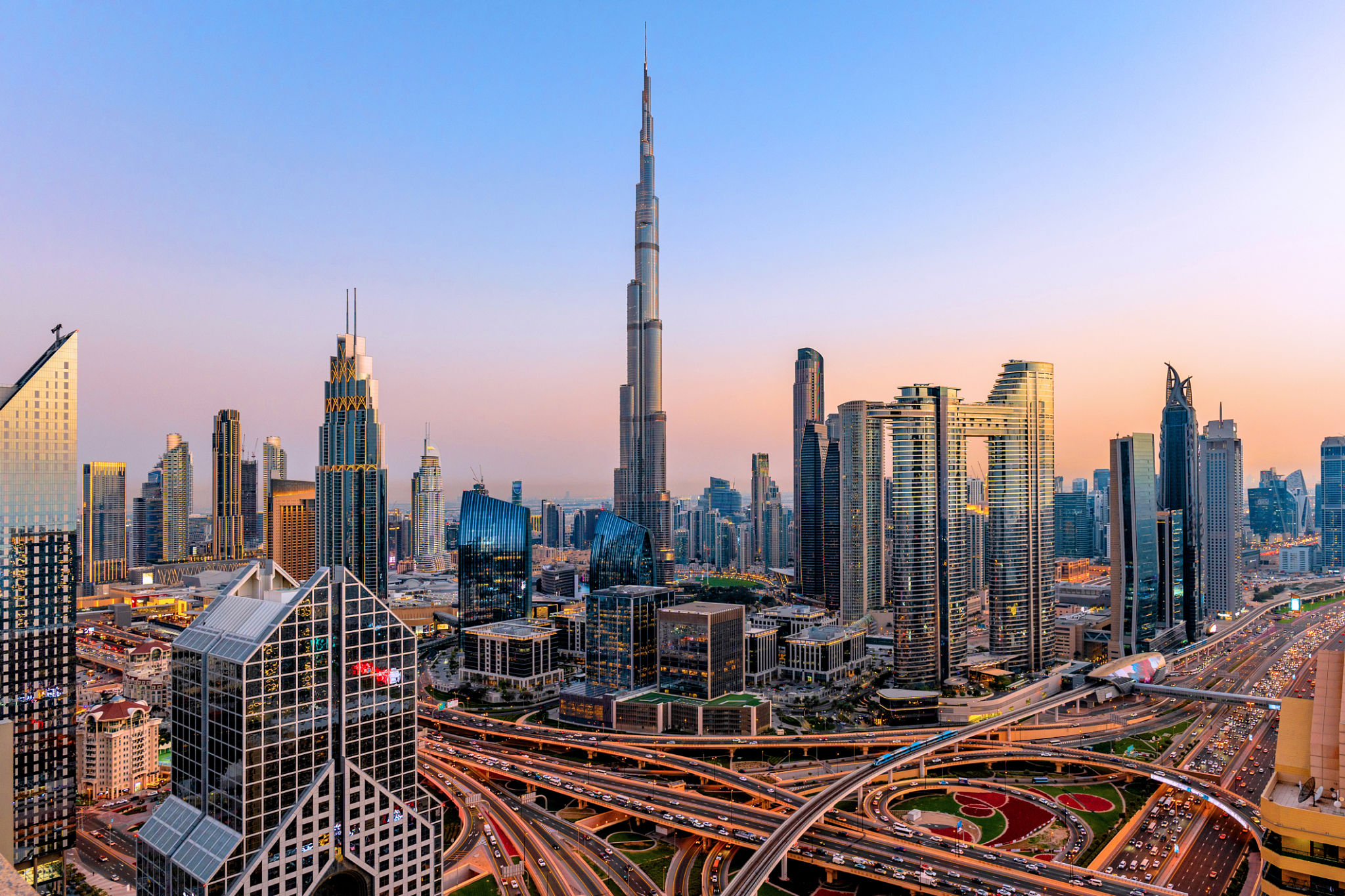Case Study: Successful Implementation of Advanced GPR Technology in UAE Construction
Introduction to Advanced GPR Technology
The construction industry in the UAE is renowned for its rapid development and groundbreaking projects. To keep up with these demands, the sector has embraced innovative technologies. One such technology is Ground Penetrating Radar (GPR), which has proven to be a game-changer in ensuring efficient and safe construction processes.
Ground Penetrating Radar is a non-destructive method that uses radar pulses to image the subsurface. This advanced technology is invaluable in construction for locating underground utilities, assessing concrete structures, and ensuring safety. The implementation of GPR in UAE construction projects has led to significant improvements in project execution and management.

The Role of GPR in Enhancing Construction Safety
Safety is a paramount concern in any construction project. The use of GPR technology aids in identifying potential hazards before they pose a threat. By detecting buried utilities, voids, and other subsurface anomalies, GPR helps prevent costly and dangerous incidents.
In the UAE, where construction sites often deal with complex underground networks, GPR has become an indispensable tool. It allows project managers to plan effectively, minimizing risks associated with unforeseen underground obstacles. This proactive approach not only enhances safety but also improves overall project efficiency.

Reducing Costs and Enhancing Efficiency
One of the most compelling advantages of GPR technology is its ability to reduce costs. By providing accurate subsurface data, projects can avoid costly delays and rerouting. This efficiency is crucial in the UAE's fast-paced construction environment, where timelines are tight and budgets are often constrained.
Moreover, by preventing damage to existing utilities and structures, GPR reduces the need for expensive repairs and rework. This cost-saving aspect is particularly beneficial for large-scale projects where the stakes are high and margins can be thin.
Case Study: Successful Implementation in a Major Project
A notable example of successful GPR implementation is seen in a recent major infrastructure project in Dubai. The project involved extensive excavation work in a densely populated urban area, presenting significant challenges in terms of safety and efficiency.
By utilizing GPR technology, the project team was able to accurately map the subsurface environment. This allowed for precise planning and execution, avoiding damage to critical infrastructure such as water pipes and electrical cables. The use of GPR not only ensured the safety of workers but also kept the project on schedule and within budget.

Lessons Learned and Best Practices
The success of this project offers valuable lessons for future endeavors. One key takeaway is the importance of integrating GPR technology early in the planning stages. Early detection of subsurface conditions allows for better decision-making and risk management.
Another best practice is ensuring that project teams are adequately trained to interpret GPR data. Understanding the nuances of this technology can significantly impact its effectiveness. Investing in training and expertise can yield long-term benefits for any construction project.
Future Prospects of GPR in UAE Construction
The successful implementation of GPR technology in the UAE sets a precedent for future projects. As the nation continues to grow and develop, the demand for innovative construction solutions will only increase. GPR stands out as a reliable tool that can meet these demands while enhancing safety and efficiency.
Looking ahead, the integration of GPR with other emerging technologies such as Building Information Modeling (BIM) and Artificial Intelligence (AI) could further revolutionize the construction industry. This synergy promises to unlock new levels of precision and productivity, ensuring that the UAE remains at the forefront of global construction innovation.
